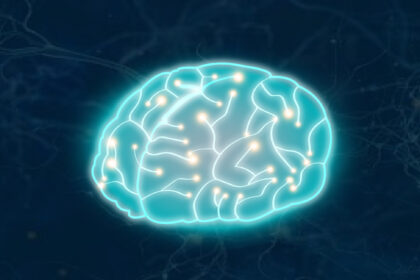How Much Value Could Be Found in Social Cognition
Much value can be found in the analysis of social cognition, its dual modes, and its respects to attention and encoding. It is also important to highlight its representation in memory. Behind these concepts lies a motivation for social cognition and behavior (Aarts, 2012). There is also something to be said about the vividness in persuasive communications and its efficacy. Tying these elements together produces an invaluable plethora of devices for utilizing social cognition, as well as better understanding it.
It is important to gather that human learning leads to human behavior (Aarts, 2012). Furthermore, this experience is developed based upon learned experiences and is structured to better formulate simulated future experiences and accommodating behavior (2012). All of this behavior is subject to relatively rigid, strict responses to external stimuli that make up present and past experiences (2012). Breaking down the message of persuasion can help researchers better comprehend how this complex decision process (inevitably leading to behavior) is formed (Guadagno et al., 2011). There is also patronage to be paid to the concept of recognizing a “baseline” of an experience, rather than the elaborations which compose it in the sense that there is always value in the origin of an idea or experience (2011).
Summary Themes
An individual’s thought process is dominated by either automatic or “in control” ideology (Fiske & Taylor, 2021). This origination of thought could mean that there is developed learning whether an individual is actively thinking about learning or not. With that said, while some individuals have developed thoughts (and thus altering experiences and learning) by intentionally pursuing a goal, automatic processes are still often at work in the background (Guadagno et al., 2011). Understanding that there is a network of supportive cognitive elaborations, which supersede memory, can help researchers better comprehend the idea that experiences and learned behavior are more of a union than meets the eye. Possessing goals in terms understanding social psychology and the nature of behavior also means understanding the nature of the conscious mind (Aarts, 2012). This means enumerating the layers of goal setting and mental control could explain more duties of the conscious mind and the derivative of thought within the unconscious mind (2012). This said, many researchers aim to attempt to quantify conscious thought versus automatic thought (Fiske & Taylor, 2021).
A large part of understanding the development of thought can be broken down into “what captures people’s attention” (Fiske & Taylor, 2021). It is notable that many people will pay attention to items (including other people) who are paying attention in some facet to them (2021). It can also be said that people rely largely upon their existing conditions and environment, as well as the developing experience, to formulate communication (Guadagno et al., 2011). This type of attention can be oriented situationally, taking into account a number of categories, which are normally chronologically charged (Fiske & Taylor, 2021). For this reason, it is no surprise that communication and goal setting is commonly found to affect attitude (Aarts, 2012). Furthermore, this helps explain prejudice and stereotyping (2012).
It is interesting to learn there are pre-wired, mental boundaries surrounding goal setting, communication, and learned behavior (Aarts, 2012). These boundaries have a direct bearing over how the mind perceives a situation, and how it ultimately responds (2012). Some of these boundaries could be found in the details which the mind utilizes in its ultimate analysis of data, but which takes away from the vividness of the overall value of the experience (Guadagno et al., 2011). In addition, social memories are a cognitive process of their own and require their own encoding structure (Fiske & Taylor, 2021). Still, general principles of cognitive representation can be found extremely useful in the realm of developing conceptualizations of self, causality, attitude, and stereotypes (2021).
Conclusion
Ultimately, there are many themes and ideologies behind social cognition and thought. The two major disciplines rely upon an idea of automatic or intentional thought and goal setting. Breaking down the concept of goal setting leads researchers to find variables within the mind which outline the production of thought, behavior, and attitude. And the delivery of the data these variables expose can help researchers understand how an individual comprehends where their mental process and behaviors overlap and how they are socially influenced. Encoding and memory become an output of learned experiences and can influence the present development of behavior as well.
References
Aarts, H. (2012). Goals, motivated social cognition, and behavior. In S. T. Fiske, & C. N. Macrae, The SAGE handbook of social cognition, SAGE Publications Ltd, 75-95, doi: https://dx.doi.org/10.4135/9781446247631.n5
Fiske, S., & Taylor, S. E. (2021). Social cognition: From brains to culture (4th.). Thousand Oaks, CA: Sage Publications, Inc. ISBN: 9781529702088.
Guadagno, R. E., Rhoads, K. v. L., & Sagarin, B. J. (2011). Figural Vividness and Persuasion: Capturing the “Elusive” Vividness Effect. Personality and Social Psychology Bulletin, 37(5), 626–638. https://doi.org/10.1177/0146167211399585




